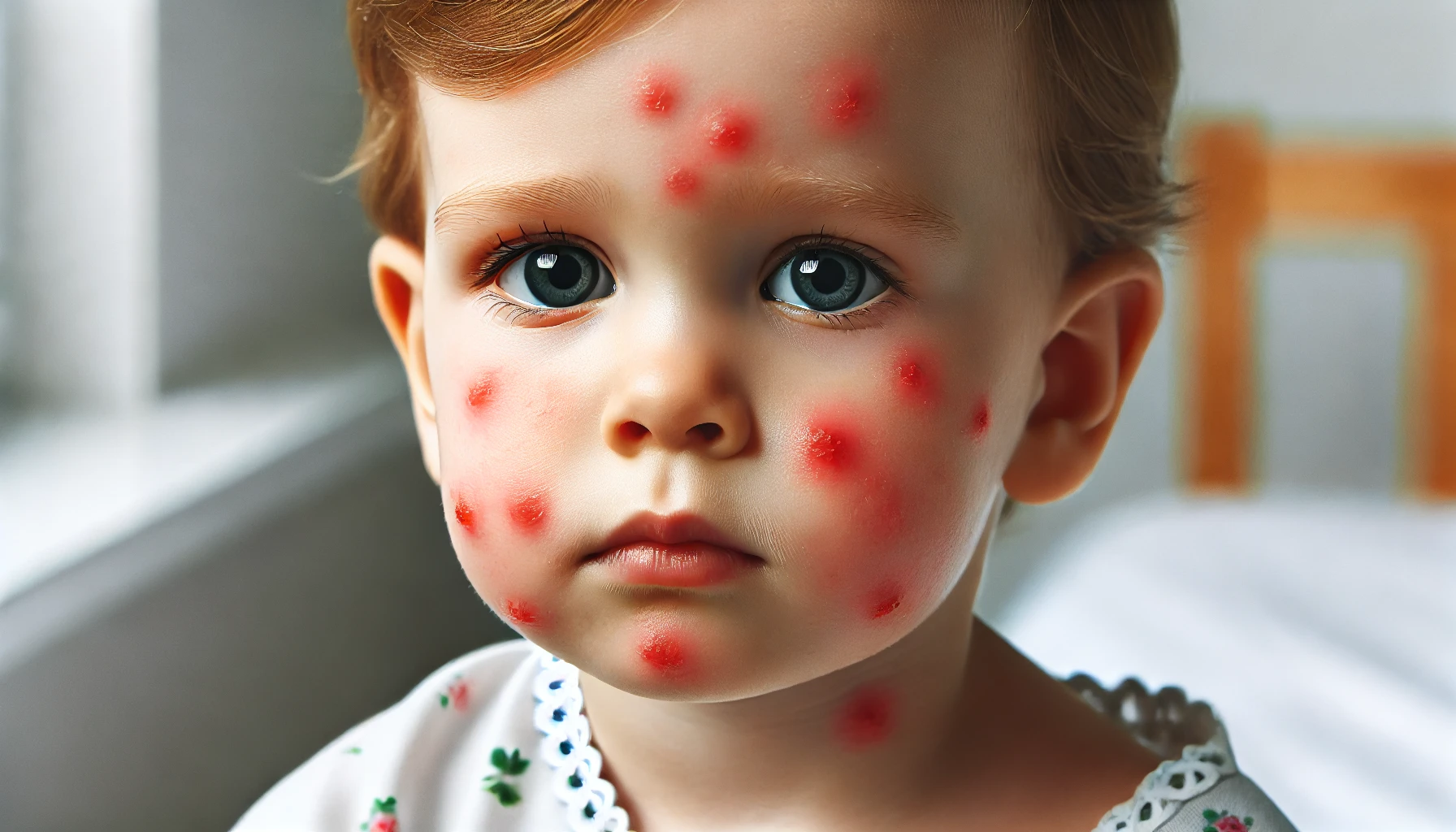Table of Contents
A viral rash can be unsettling, especially if you don’t know what to expect. Many people wonder, “How long does a viral rash last?” Understanding the duration and recovery of viral rashes can ease your worries and help you take better care of yourself or a loved one. In this article, we’ll explore the causes, types, and healing times of viral rashes, along with tips on how to soothe and manage the symptoms effectively.
What Is a Viral Rash?

A viral rash is a skin condition caused by a viral infection. These rashes often appear as red, bumpy patches on the skin and may be itchy or painful. Viral rashes can affect both adults and children and are usually accompanied by other symptoms like fever, fatigue, or sore throat. The appearance and duration of the rash can vary depending on the type of virus responsible.
Common Causes of Viral Rashes
Several types of viral infections can cause rashes, including:
- Chickenpox: Known for its itchy, blister-like spots that crust over after a few days.
- Measles: Starts with flu-like symptoms and develops into a red, flat rash.
- Roseola: Common in children, this virus leads to a rash after a sudden high fever.
- Hand, Foot, and Mouth Disease: Causes painful sores on the hands, feet, and mouth, often accompanied by a rash.
These viruses are highly contagious and are spread through close contact, sneezing, coughing, or touching contaminated surfaces.
How Long Does a Viral Rash Last?

The big question is, “How long does a viral rash last?” The duration of a viral rash depends largely on the virus causing it—however, most viral rashes last between 3 to 10 days. Let’s break down the timeline for some of the most common viral rashes.
1. Chickenpox Rash: 7 to 10 Days
Chickenpox rashes generally last around 7 to 10 days. The rash typically starts as small, red spots that become fluid-filled blisters. After a few days, these blisters will burst and scab over. Once all the blisters have crusted, the contagious period ends and the skin begins to heal.
2. Measles Rash: 5 to 7 Days
The rash from measles appears around the fourth day of infection and can last for up to 7 days. It usually starts on the face and spreads down to the rest of the body. Measles is highly contagious and requires proper medical care to avoid complications.
3. Roseola Rash: 1 to 2 Days
In the case of roseola, the rash is brief, typically lasting 1 to 2 days after the fever subsides. This rash starts on the trunk and spreads to the limbs. Fortunately, it tends to resolve quickly without the need for medication.
4. Hand, Foot, and Mouth Disease Rash: 7 to 10 Days
This rash, along with painful blisters, can last around 7 to 10 days. The spots appear mostly on the hands, feet, and inside the mouth. While it can be uncomfortable, it usually clears up on its own within a week or so.
Symptoms That Accompany a Viral Rash
A viral rash often doesn’t appear on its own. It is typically accompanied by other symptoms that indicate the body is fighting an infection. Some of these symptoms include:
- Fever
- Fatigue
- Sore throat
- Cough
- Runny nose
- Muscle aches
In some cases, the viral rash may be itchy or uncomfortable, but it generally fades as the virus runs its course.
When Should You See a Doctor?
While most viral rashes are harmless and go away on their own, there are times when you should seek medical advice. If the rash is accompanied by severe symptoms such as high fever, difficulty breathing, or if it spreads rapidly, it’s important to consult a healthcare professional. You should also seek help if the viral rash persists beyond ten days or if it seems to worsen instead of improving.
How to Manage and Soothe a Viral Rash
There’s no cure for a viral rash, but there are several ways to relieve discomfort and speed up the healing process.
1. Stay Hydrated
Drinking plenty of fluids helps your body flush out the virus more effectively. Dehydration can make you feel worse, so aim to drink water throughout the day.
2. Rest
Getting enough rest gives your body the energy it needs to fight off the virus. Overexerting yourself can weaken your immune system and prolong recovery.
3. Use Anti-Itch Creams
Calamine lotion or hydrocortisone creams can be used to soothe itchy rashes. Make sure to apply it to the affected areas as directed on the packaging.
4. Avoid Scratching
As tempting as it may be, scratching the viral rash can lead to infection and scarring. Keep nails trimmed short, and consider wearing gloves if the itch is unbearable, especially for young children.
5. Cool Baths
A cool oatmeal bath can be especially soothing for viral rashes like chickenpox. It helps reduce itching and inflammation, leaving the skin feeling more comfortable.
6. Over-the-Counter Medications
Non-prescription pain relievers like acetaminophen can help alleviate fever and discomfort that accompany viral rashes. Always follow the recommended dosage and consult with a doctor before giving medications to children.
Also Read: How Does Biofreeze Work? Discover Its Shocking Pain Relief Power
Prevention Tips for Viral Rashes
Viral rashes are often contagious, so it’s important to take steps to prevent spreading the virus. Here are a few simple ways to reduce the risk:
- Wash Hands Frequently: Handwashing is one of the most effective ways to prevent the spread of viruses.
- Avoid Close Contact: If you or your child has a viral rash, try to stay home and avoid close contact with others to minimize the risk of spreading the virus.
- Disinfect Surfaces: Viruses can live on surfaces for a while, so wipe down commonly touched areas like doorknobs, counters, and toys.
- Stay Up-to-Date on Vaccinations: Many viral infections, like measles and chickenpox, can be prevented with vaccines. Be sure you and your family are up to date on all necessary vaccinations.
So, how long does a viral rash last? In most cases, viral rashes clear up within 3 to 10 days, depending on the virus causing them. While these rashes can be uncomfortable, they often resolve on their own without medical intervention. If you or a loved one is experiencing a viral rash, try to manage the symptoms at home with rest, hydration, and soothing remedies. However, if the viral rash persists or worsens, don’t hesitate to seek medical advice.
By understanding the different types of viral rashes and how long they typically last, you can better prepare yourself and take steps to promote a smooth recovery.




